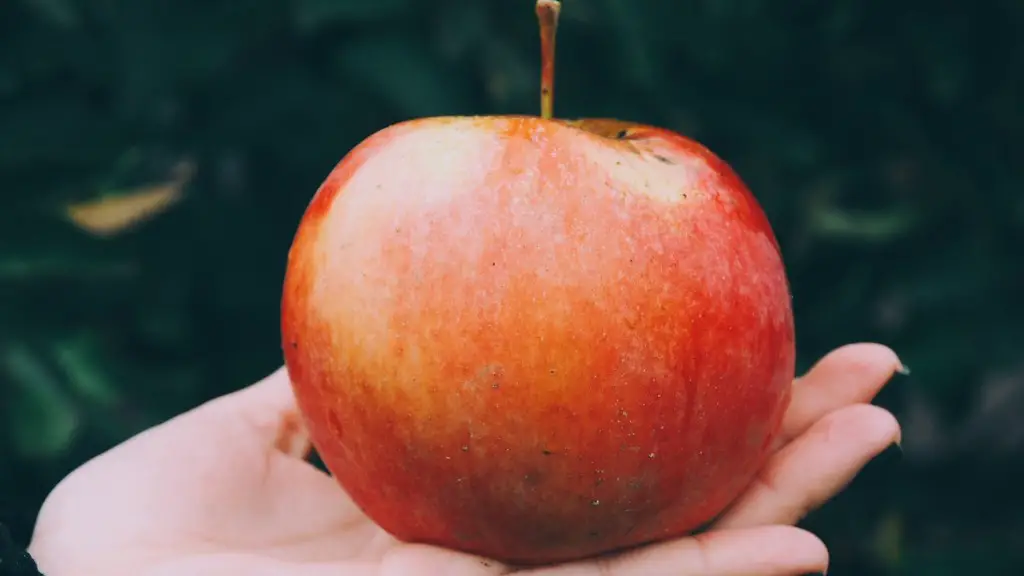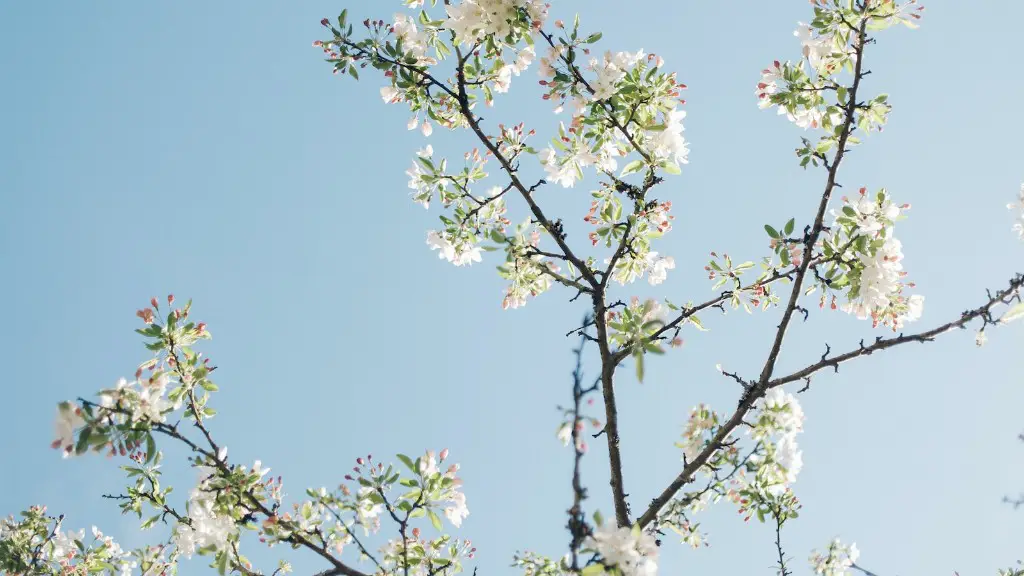Knowing the Basics
Growing an avocado tree from a seed can be surprisingly easy with a few basic supplies and some patience. The trick is to give the germinating seed enough moisture and support. While it may take a little bit of effort, the reward of watching your seed eventually turn into a mature tree is well worth it.
The first step to a successful avocado tree is to choose a healthy, fresh avocado seed. If possible, pick a seeds that are ripe and dark—these are a better chance for success. Once you have your seed, you will need to prepare it for germination.
This involves cleaning the seed to remove any pulpy remnants and gently rubbing the seed’s edges. It is important to keep the seed in an environment with ample light and heat, but with temperatures regulated. This is to discourage the growth of mold while still keeping the germination process going.
Growth in an Avocado Pit
Once the pit is prepped, it is time to create a conducive environment for growth. Put the seed in a damp towel or paper towel and place it in a warm, non-drafty area. It is best to place the seed in a container that offers some support, such as a clear plastic cup or glass jar. Fill the container with just enough water to keep the towel damp. For the most part, the pit will stay suspended above the surface of the water.
Check the seed daily to make sure the dampness of the towel is consistent. The sprout should be visible within a month. When that happens, the seedling can now be transplanted. A 6-inch deep pot should be used, with the pit barely touching the surface. Keep the tree in a warm and sunny area, in an environment with temperatures of at least 70°F. Make sure the pot has a hole at the bottom for drainage.
Fertilizing and Watering
As the tree begins to grow, it will require a medium-level of fertilization, especially when the tree is small. Slow-release fertilizer or organic fertilizer is recommended for this. The tree should also be watered on a regular basis and the soil should be kept moist. Be careful to not over-water and the tree should not sit in water for an extended period of time.
Avocado tree can grow up to 20-30 feet in a container, but will not bear fruit until at least 5-7 years, depending on the conditions. If kept in a container and regularly pruned, it might not grow to its full potential, but it will still give you a reward of having your own avocado tree in your home.
Harvest, Trim, and Thinning
When the avocado tree is finally ready to bear fruit, it should be ensured that they are not left to rot on the tree. Further, it is important to thin the fruits. This means removing any fruits that are too close together on the branches, so that the avocado tree does not become too top-heavy and pass its load bearing capabilities.
In addition, the branches should be trimmed regularly to ensure healthy, vigorous growth—this should happen during the winter when the tree is in a dormant state. Trim the tips of branches, especially long tips that grow beyond the boundary of the container. Pruning will ensure that the tree will not become unstable and that the fruits are reachable and easy to harvest.
Pests and Diseases
Avocado trees that are grown in containers may be more susceptible to pests and diseases. Therefore, it is important to keep an eye out for any signs of disease or pests such as mealy bugs and scale insects. If noticed, these should be treated as soon as possible.
Regularly inspecting the tree and pruning branches will help the tree remain strong and healthy. Further, to protect the tree from insect infestations, adding some horticultural oil to the foliage can be effective. Selecting organic and untreated fertilizers can help reduce any risk of potential insect damage.
Encouraging Pollination
Avocado trees will require pollination to set fruit, especially when grown in containers. Fortunately, this next step doesn’t require a lot of effort. Pollination can be encouraged by gently shaking the branches of the tree or using a soft brush to transfer pollen from the male flowers to the female flowers. It is recommended to research what type of avocado tree you have and to take a sample at the local garden center to ensure that you are able to identify the genders of your flowers.
Once pollination is successful, the tree will develop fruits that are ripe within a few months. For the tree to bear more fruits, the process of pollination must continue. This is one of the most important parts of harvesting an abundant crop of avocados.
Containers and Longevity
The size of the avocado tree will determine the size of the pot you must use. As the tree grows, it should be monitored and transplanted if necessary, typically to larger containers. Avocado trees can live up to 20 years when they are kept in proper care.
In order to ensure its long life, the tree should be kept free from pests, regularly pruned, watered, and fertilized. With the right type of care, this tree can provide an abundance of juicy fruit for years to come.
Saving and Propagating a Pit
If there is a particular avocado that you absolutely adore, you can save and propagate its pit. To do this, clean off the pit and let it air dry. Once it is hard and dry, wrap it in a slightly damp paper towel and store it in a plastic bag. The pit can then be stored in the fridge for up to 6 months and it will be viable for planting during that time.
If you are feeling very ambitious, you can opt for the “double pit” propagation method. This involves taking two pits and tying them together with a rubber band. This is done to ensure that the pits do not roll away in the process. The trick to making this successful is to keep the combined pits at an even moisture.
The two combined pits will speed up the germination process, so it takes as little as 4 to 6 weeks before the roots will start to form. This is a great way to grow two avocado trees that have the same parent and enjoy their fruits at the same time.



